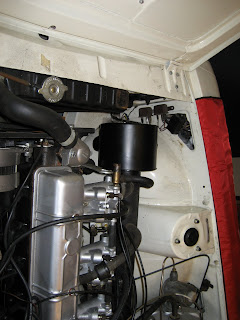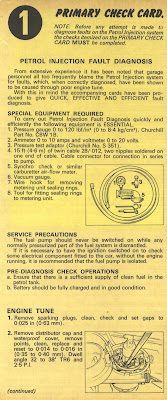Another India trip draws to a close.
I am sat in Delhi airport using fruit based technology to scribble a few words, not because I have much to say, mainly because I can! It's times like these I wonder why I do this job, it's gone midnight, the plane is delayed and I have just watched some Russian bloke cut his toe nails, in the departure "lounge". I am also knackered. It's been a hectic trip with much eating and drinking in the evenings to keep the relationships fresh, it's fun the first time, then it gets samey, then it gets a little tiring but overall I do still enjoy the place and the people. No Triumphs spotted this trip, the nearest I got was what I thought were. once a couple of Leyland 20's parked up and rotting in Pune. I say "I think" because I never actually got close enough to tell for sure! I did see Indian ingenuity at it's peak though, imagine the scene - scorching hot day at the petrol station. Big queue of bikes (there are more bikes in Pune than cars) and there














